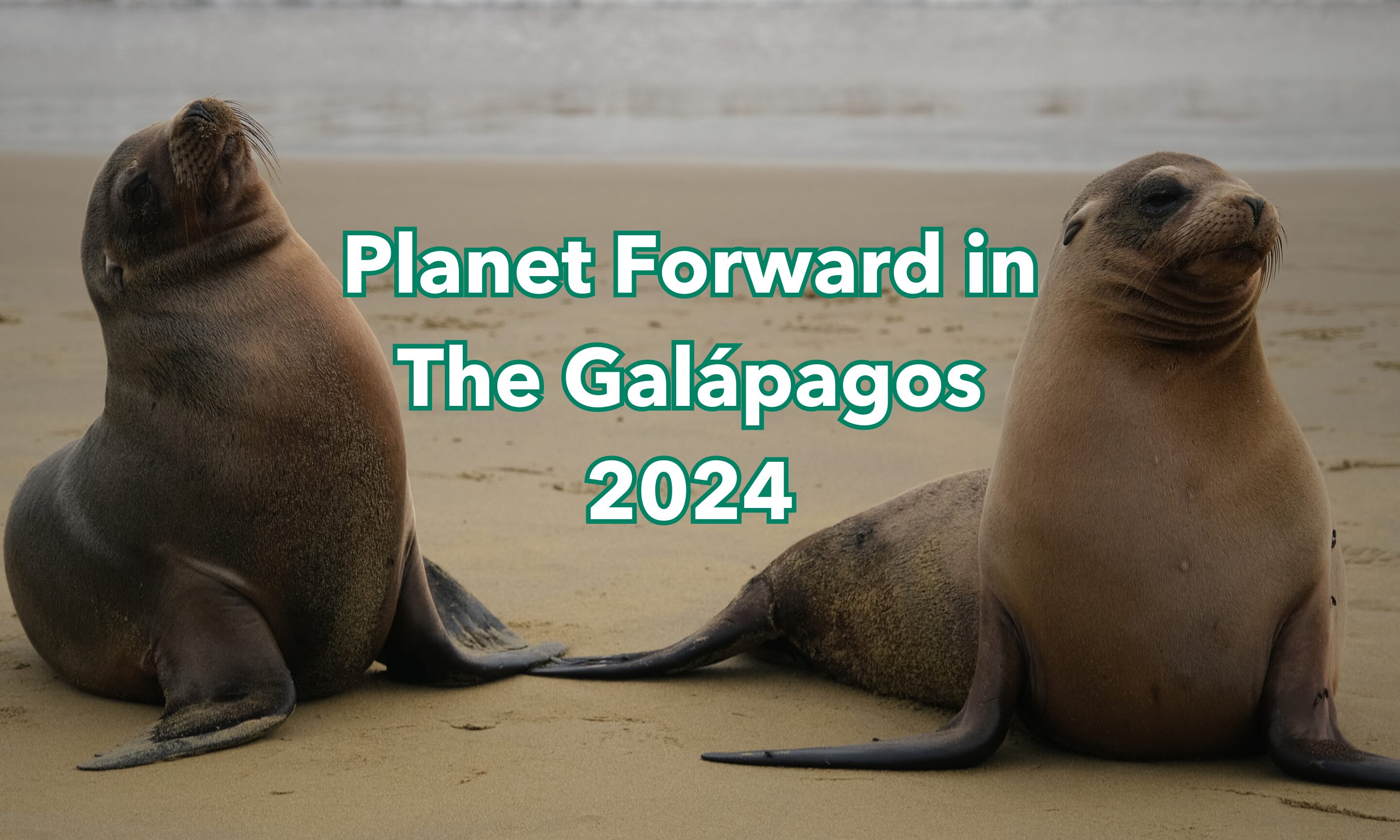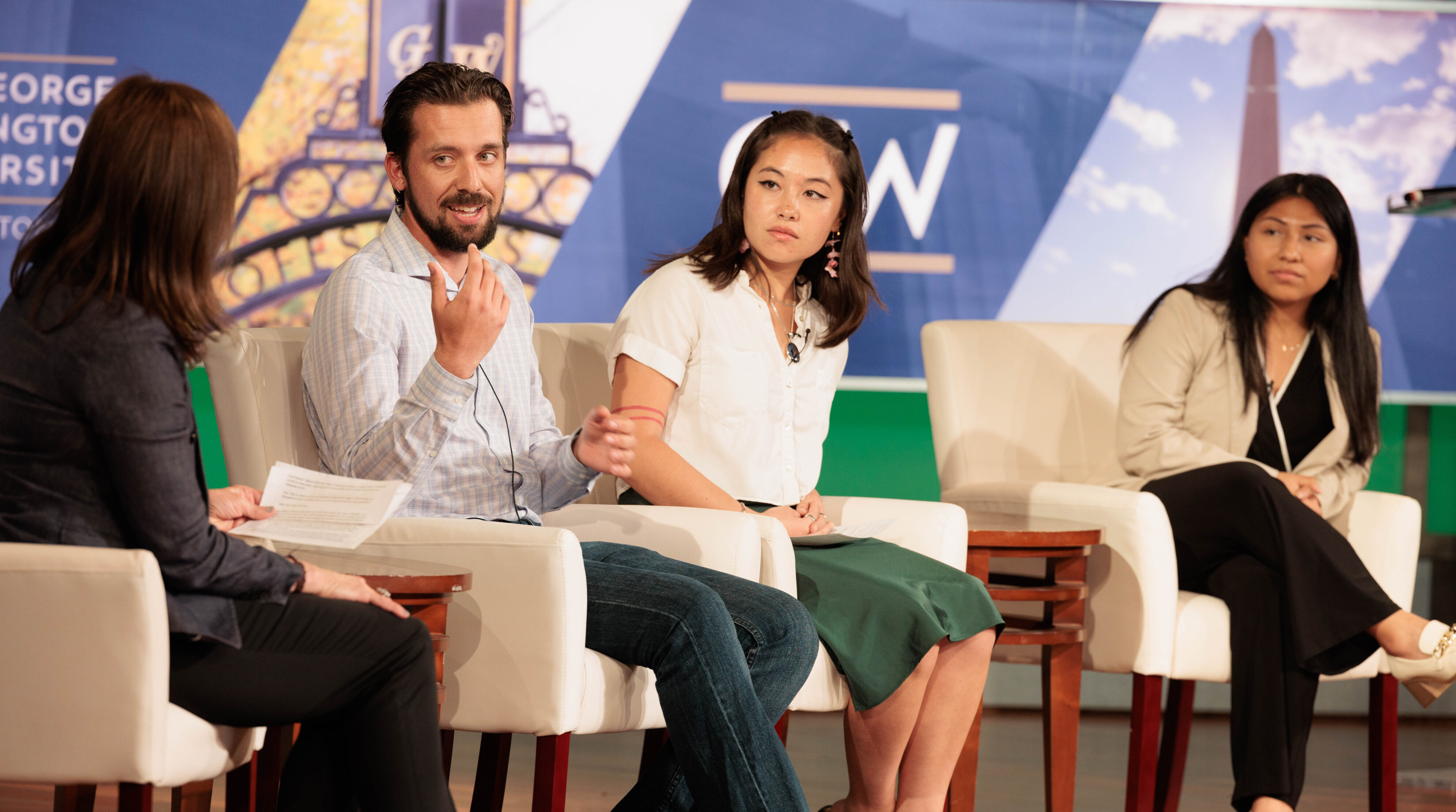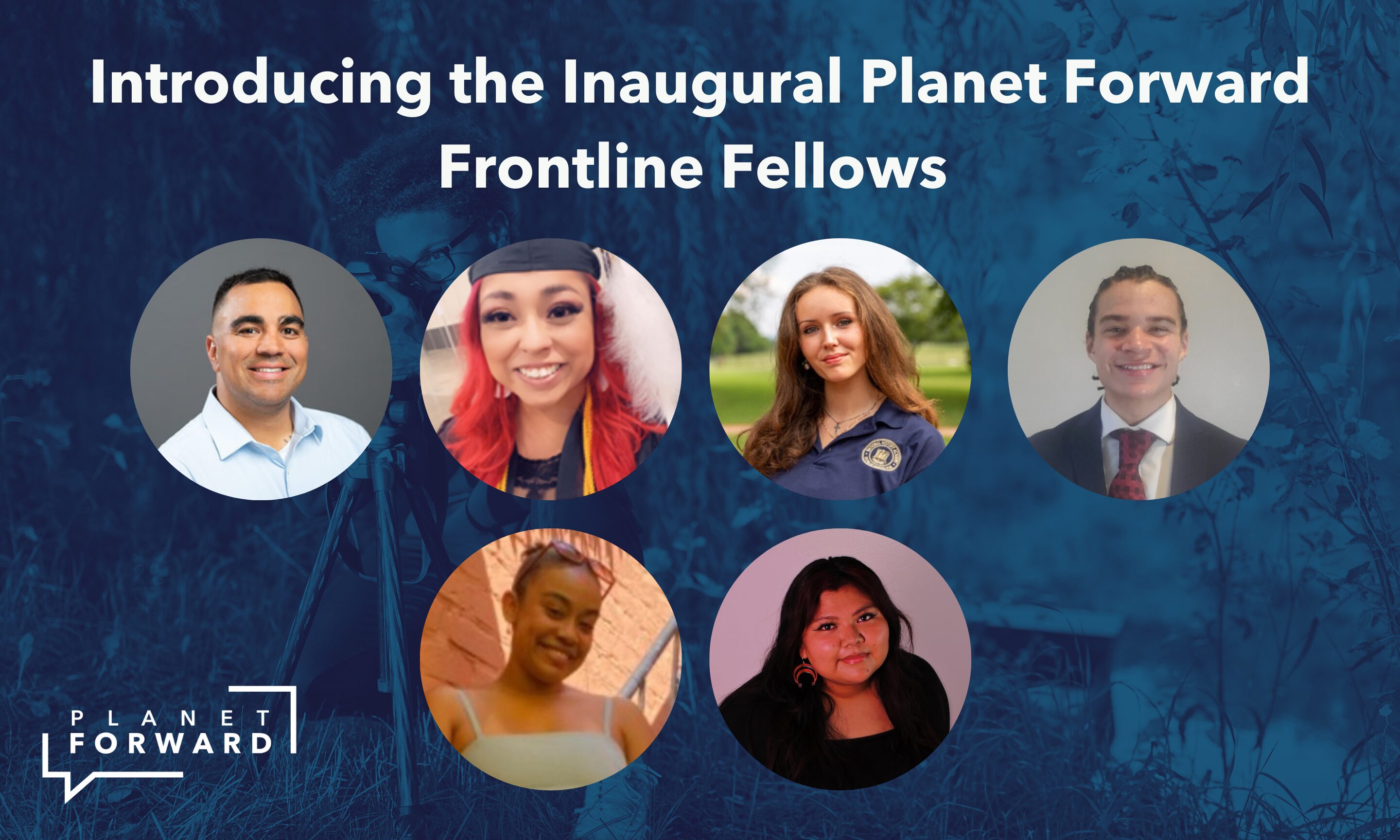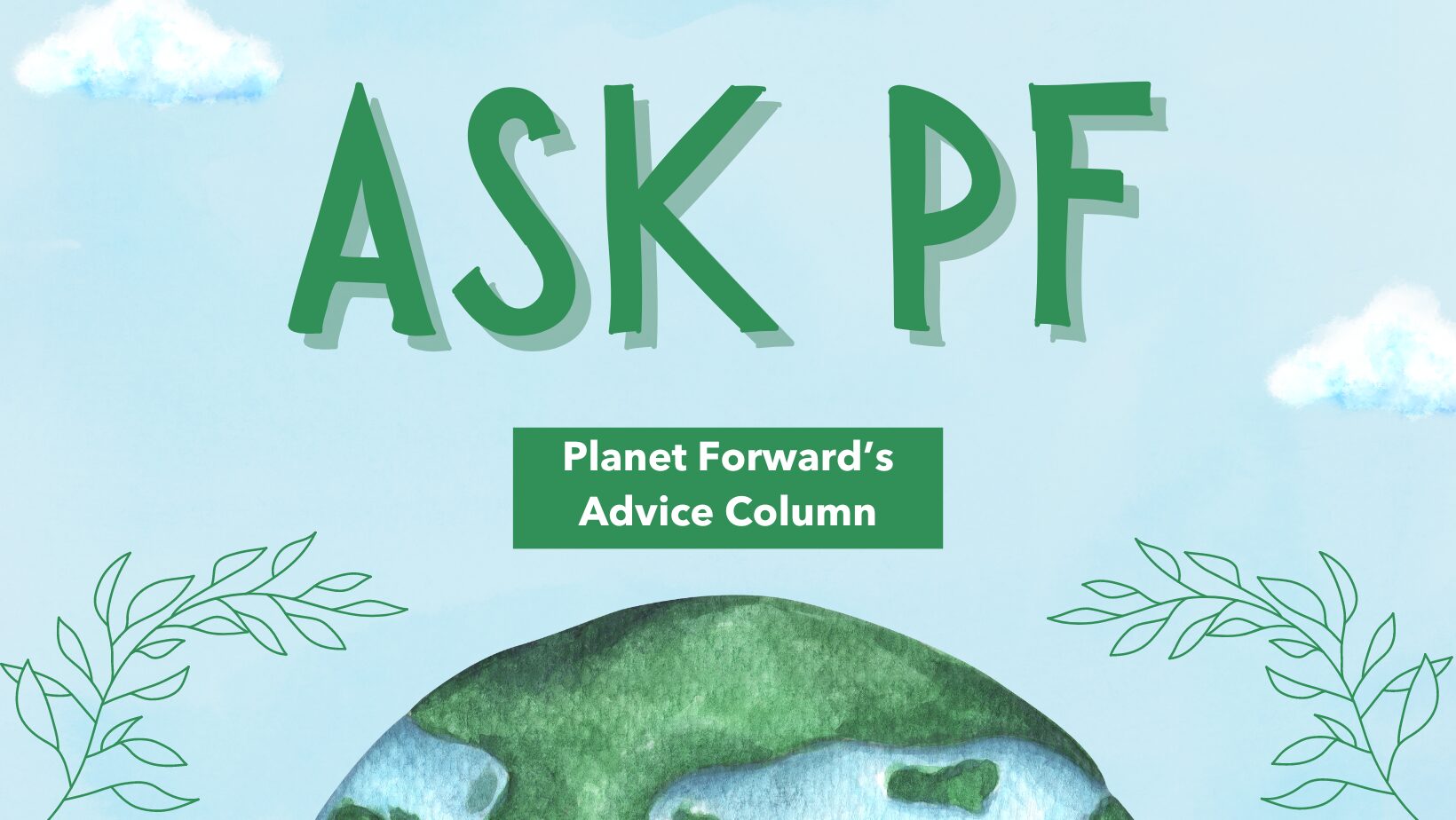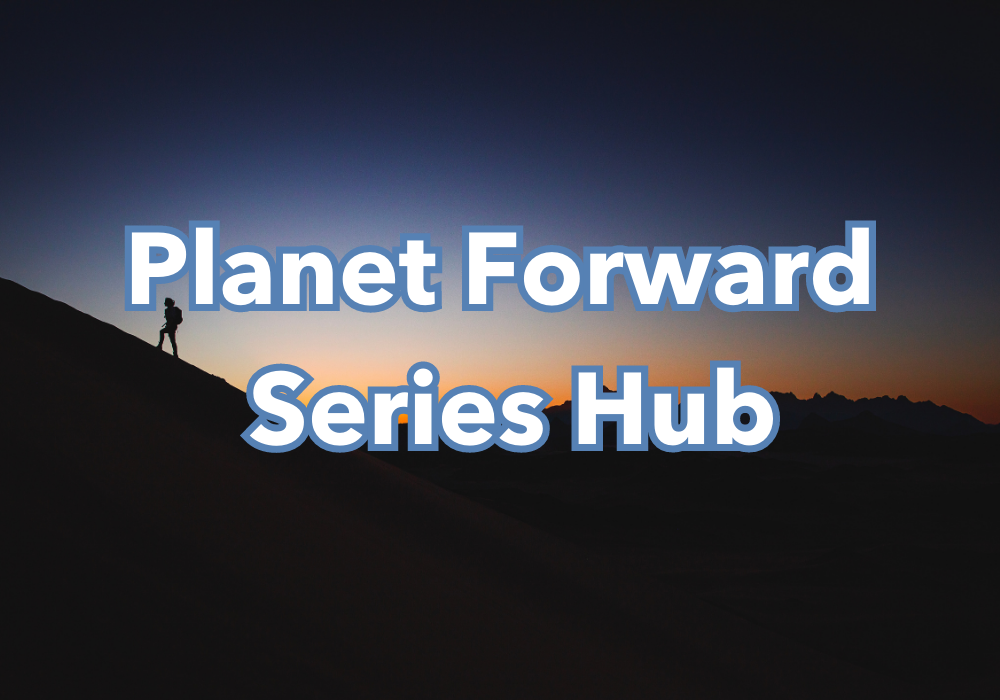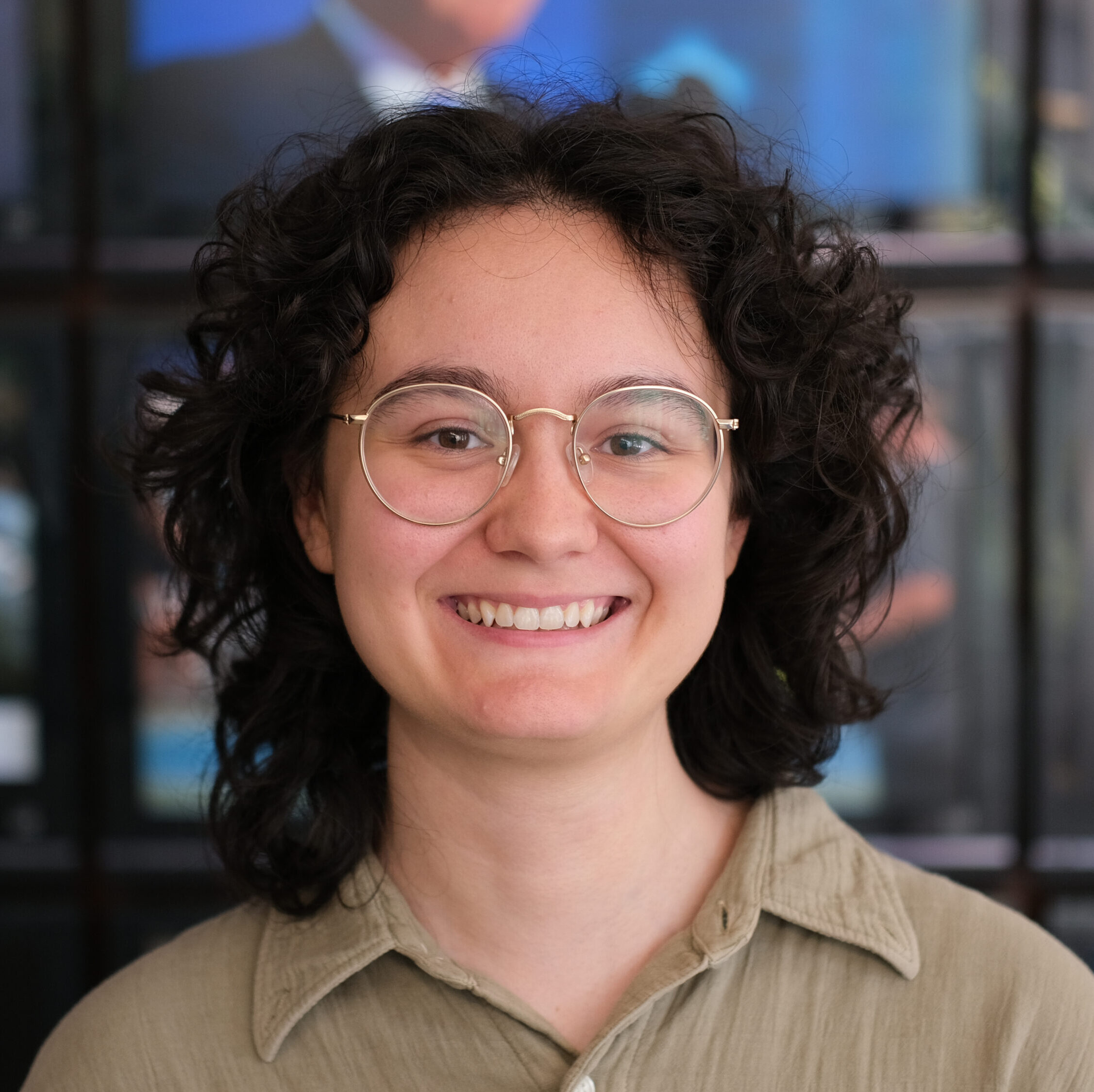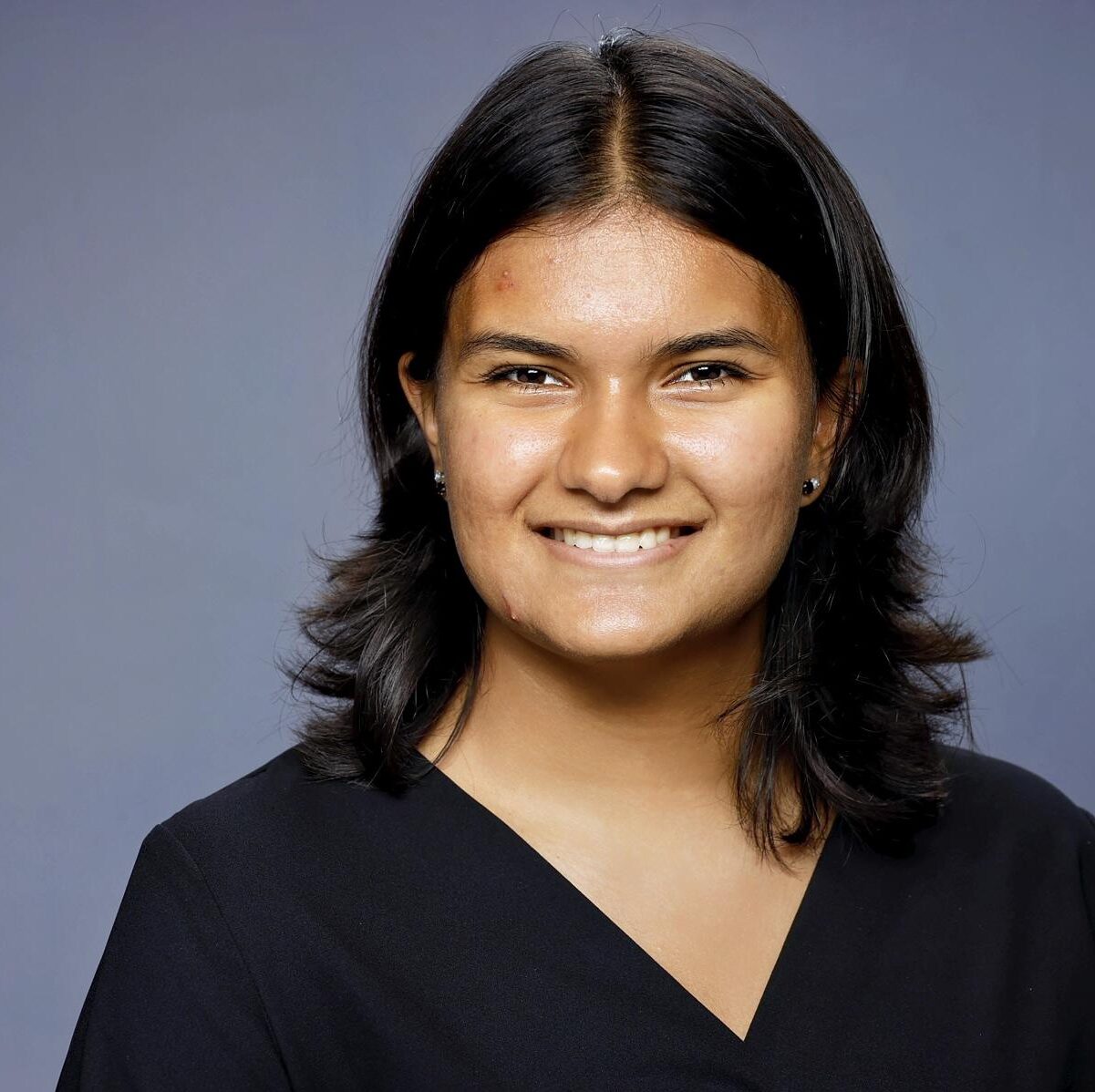Seeing Is Believing: Communicating Climate Change
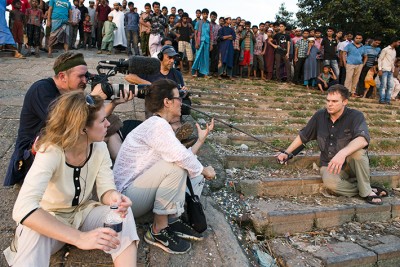 Courtesy Ismail Ferdous/The Years Project
Courtesy Ismail Ferdous/The Years Project
We are facing climate change in the United States in the form of more intense and frequent storm events, heat waves, droughts, and wildfires. Right now we have adapted, but that does not mean that climate change is under control. Many countries around the world are dealing with serious threats right now; they are bearing the brunt of our behavior, and the burden that they are carrying now will only get heavier.
We sat down with Sabrina McCormick, who worked as a producer and associate producer on the Showtime Original Series Years of Living Dangerously, in which Hollywood celebrities span the globe to experience climate change. Sabrina has committed herself to learning about the intricacies of the extreme impacts of climate-related phenomena like heat waves, emergent vector-borne disease, and climate-related disasters. She has coupled this knowledge with her passions for filmmaking and storytelling, discussing with us the importance of communicating these complicated facets of climate change.
From Jersey to Bangladesh
Every summer I go to the beach early in the morning, but by mid-afternoon I have to move my towel in because the tide changes. I can’t imagine having to move all my belongings and family, my home, because of rising water. The fact is that if the sea level rises 1 meter, 17% of Bangladesh will be submerged underwater and 20 million residents will be forced to move. That is about the population of New York City, Los Angeles, Chicago, Houston, Philadelphia and Phoenix combined.
I have the Atlantic Ocean to worry about but people Bangladesh are located where three major rivers join, the Ganges, Brahmaputra and Meghna. 25% of the country’s land is less than seven feet above sea level. It’s only a matter of time. The timetable in the case of the Jersey Shore certainly looks to be within my lifespan, especially with sea levels rising faster than the global average. (11-24 inches compared to the world average of 6-15 inches).
- Anahi Ruiz
“Seeing is believing,” she said, reflecting on her time spent in Bangladesh for the filming of the series finale “Moving a Mountain” with Michael C. Hall. “If we can’t see what the future will look like either bad or good, we don’t know, we don’t believe it, we aren’t going to do anything.”
Film is a critical tool that can be used to address the complex task of communicating the intricacies of climate change and encouraging immediate action. “This is a task that we have as media makers and as newsmakers, to show audiences what their world can be like and then through that process, get them to actually do something.”
Filmmakers like Sabrina have taken on this important task and are telling climate change stories, inviting audiences to consider the abstract idea of climate change in a personal way. What’s your climate change story? What have you experienced and seen? Show audiences, use media tools, and empower others to learn more about how climate change could affect their lives and the lives of many vulnerable people like those in Bangladesh and around the world.



